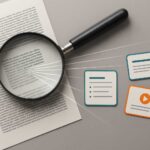As organisations grapple with shifting market demands, the concept of capability building has become more than just a buzzword. It is now a strategic imperative for businesses aiming to stay relevant, competitive and resilient. At the centre of this initiative is Human Resources (HR), a function uniquely positioned to identify skill gaps, foster continuous learning and facilitate cross-functional training.
But what exactly is capability building and why does it matter? Simply put, capability building refers to the structured process of developing the skills, knowledge and competencies necessary for employees to meet current and future business needs. For HR, it is not just about addressing immediate skills shortages but about creating a sustainable, future-ready workforce equipped to navigate complexities and emerging trends.
The Rising Threat of Skill Obsolescence
Skill obsolescence is a growing concern. Technological advancements, evolving job roles and shifting business models mean that many employees are at risk of falling behind. A report from the World Economic Forum suggests that nearly half of all employees will need reskilling to keep pace with digital transformation.
For HR, the challenge lies in identifying which skills are becoming redundant and which are emerging as critical. Conducting a comprehensive skills audit is a crucial first step. This involves mapping out the current capabilities within the workforce and comparing them against the organisation’s strategic objectives. By pinpointing gaps, HR can design targeted training programs that address specific areas of weakness while also preparing employees for future roles.
Continuous Learning: The Cornerstone of Capability Building
The days of one-off training programs are over. To truly future-proof the workforce, organisations must adopt a culture of continuous learning. This approach goes beyond periodic workshops or mandatory training sessions. It embeds learning opportunities into the fabric of everyday work, encouraging employees to upskill regularly.
For HR, fostering a culture of continuous learning involves creating structures and incentives that motivate employees to engage with new content and skills. This can include:
- Microlearning Modules: Short, targeted learning sessions that can be easily consumed in small bursts of time.
- Learning Platforms: Centralised hubs where employees can access training resources, courses and skill assessments.
- Mentorship Programs: Pairing employees with mentors who can provide guidance, support and real-world insights.
Moreover, HR must emphasise the importance of self-directed learning, empowering employees to take charge of their own development. This approach not only keeps skills relevant but also fosters a growth mindset that benefits both the individual and the organisation.
Cross-Functional Training: Bridging Capability Gaps
Now where job roles are becoming increasingly fluid, cross-functional training is a powerful tool for capability building. Rather than confining employees to siloed roles, HR can facilitate training programs that expose staff to different functions, processes and departments.
For instance, a marketing professional could undergo training in data analysis to better understand how to leverage data for targeted campaigns. Similarly, a project manager might receive training in conflict resolution to navigate complex stakeholder dynamics more effectively.
Cross-functional training not only broadens skill sets but also fosters collaboration and a deeper understanding of how different business units work together to achieve organisational goals. For HR, implementing such programs requires identifying key areas of overlap and designing training sessions that align with both individual career paths and broader business objectives.
Digital Literacy: A Non-Negotiable Competency
Digital literacy has also emerged as a non-negotiable competency for the modern workforce. HR’s role in promoting digital literacy goes beyond introducing new software or systems—it involves equipping employees with the skills to effectively navigate, interpret and leverage data-driven insights.
Key areas of focus for HR include:
- Data Analysis: Training employees to understand and draw insights from data.
- Cybersecurity Awareness: Educating staff on best practices for protecting sensitive information.
- AI and Automation: Preparing employees to work alongside AI tools and automated systems.
Moreover, HR must address potential resistance to digital learning. Some employees may feel intimidated by emerging technologies, particularly those who have spent years in traditional roles. To mitigate this, HR can implement gradual training programs, offer peer support and provide ongoing access to learning resources that cater to varying levels of digital proficiency.
Measuring the Impact of Capability Building
Investing in capability building is only effective if the outcomes can be measured and aligned with business goals. HR can leverage several key performance indicators (KPIs) to track the impact of training programs, including:
- Employee Retention Rates: Are employees more likely to stay when provided with development opportunities?
- Performance Metrics: Have employees demonstrated improved proficiency in key areas after completing targeted training?
- Engagement Scores: Are employees more engaged and motivated to learn and apply new skills?
- Time to Competency: How quickly are employees able to transition to new roles or responsibilities after training?
By measuring these outcomes, HR can refine training programs, address gaps and demonstrate the tangible impact of capability building on business performance.
Future-Proofing the Workforce
Capability building is more than a catchphrase—it is a strategic investment in the future of work. For HR, the focus should be on developing programs that are targeted, scalable and aligned with both current and future business needs. Ultimately, the goal is to create a workforce that is not just adaptable but capable of driving sustainable business success in the years to come.
Want to learn more? It all starts with a conversation. Speak to us here.


